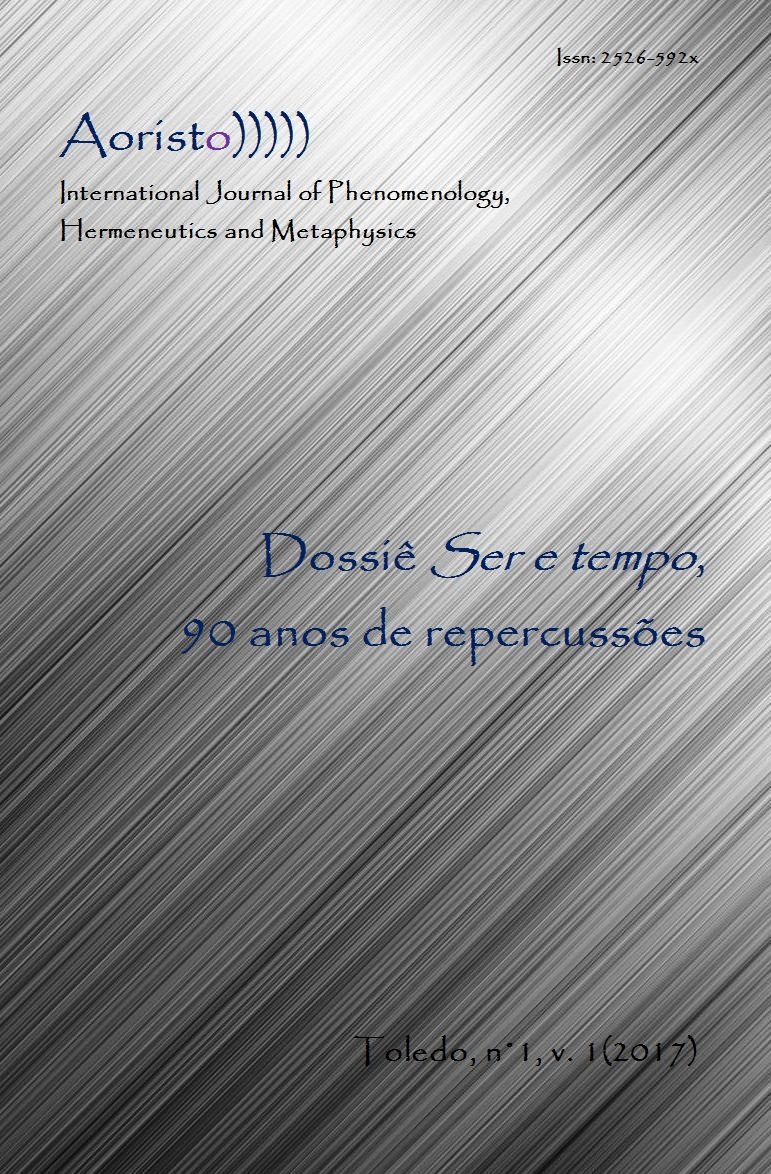O significado da crise da sociedade contemporânea
DOI:
https://doi.org/10.48075/aoristo.v1i1.16525Palavras-chave:
Fenomenologia do Mundo da Vida, Ontologia do Presente, Vida Contemporânea, Crise ContemporâneaResumo
O objetivo do artigo é trazer o debate de alguns autores sobre a crise atual da sociedade ocidental contemporânea, a partir de três questões que nos parecem discriminar parte considerável dos seus principais problemas: a autonomização da economia, a razão instrumental e a decadência cultural. Com a primeira e a segunda questão se acusam os riscos da separação da economia, da ciência e da técnica diante das necessidades da vida, e com a terceira se acusa nosso estado atual de impotência para responder a tais desafios. O objetivo é fomentar a discussão crítica desses problemas, que nos parecem questões incontornáveis no presente de nossas vidas.
Downloads
Publicado
Como Citar
Edição
Seção
Licença

Este trabalho está licenciado sob uma licença Creative Commons Attribution-NonCommercial-NoDerivatives 4.0 International License.
Copyright Notice
1. I grant the AORISTO – International Journal of Phenomenology, Hermeneutics and Metaphysics the first publication of my article, licensed under Creative Commons Attribution (which allows sharing of work, recognition of authorship and initial publication in this journal).
2. I confirm that my article is not being submitted to another publication and has not been published in its entirely on another journal. I take full responsibility for its originality and I will also claim responsibility for charges from claims by third parties concerning the authorship of the article.
3. I also agree that the manuscript will be submitted according to the Aoristo’s publication rules described above.
License Creative Commons
This work is licensed under a Creative Commons Atribuição-NãoComercial-CompartilhaIgual 4.0 Internacional, which allows you to share, copy, distribute, display, reproduce, in whole or in part, for as long as there is no commercial purpose, and authors and source are cited.


